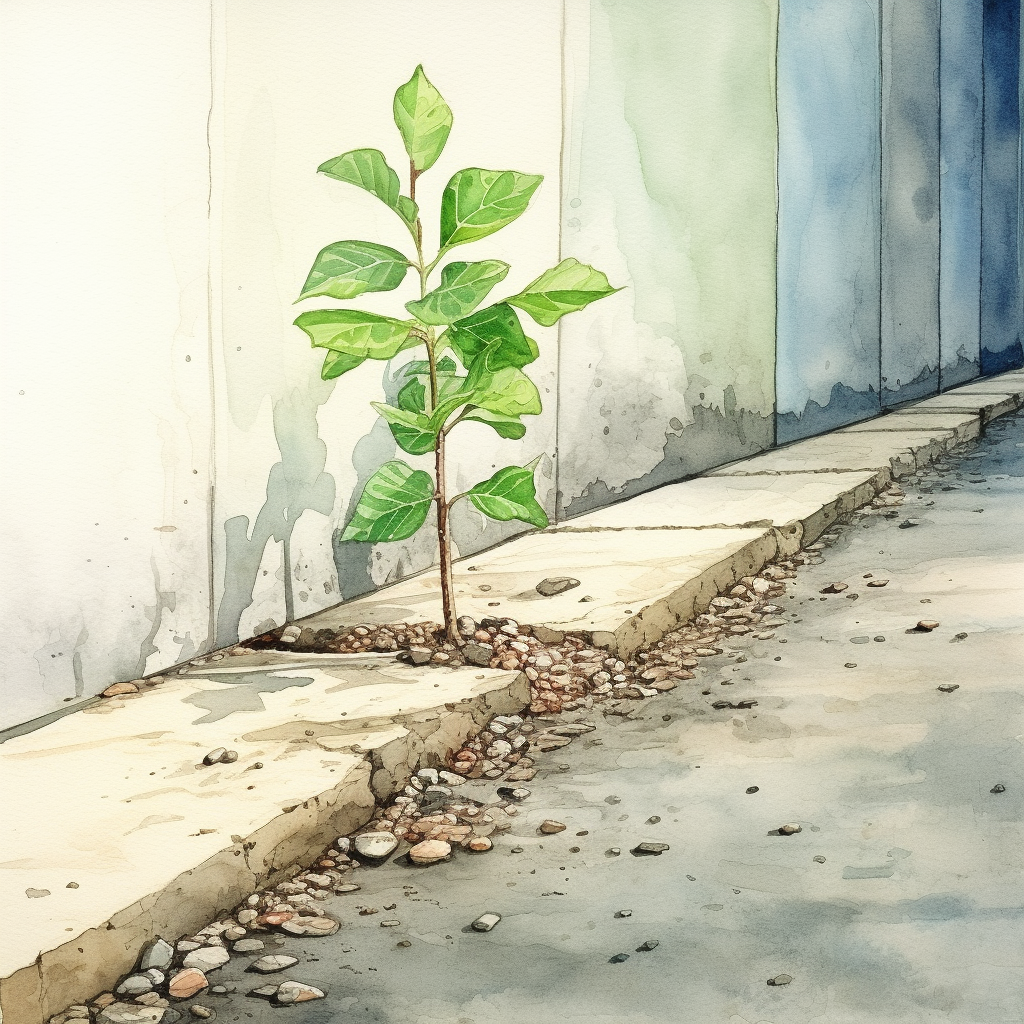
🌀🗞 The FLUX Review, Ep. 160

My observation is that leadership teams get caught in a cycle of addressing long-term risk with rigid, short-term solutions, and in the process they invite entropy. Teams that rely on traditional linear timelines get caught in a cycle of tactical responses to what feels like constant change being foisted upon them from outside forces. Over time, th... See more
Amy Webb • How to Do Strategic Planning Like a Futurist
Mary Martin added
in these systems, failure isn’t just inevitable – it’s actually helpful. By constantly testing assumptions and maximizing learning, these systems become evolutionary organizations.
orca.mirror.xyz • Evolutionary Organizations
Keely Adler added
admit the inherent uncertainty of the future, and emphasize learning and adapting over predicting and planning.
Brian J. Robertson • Holacracy: The New Management System for a Rapidly Changing World
"We as executives have to resist our natural tendency to avoid or minimize risks, which, of course, is much easier said than done," he says. "If you want to be original, you have to accept the uncertainty, even when it’s uncomfortable, and have the capability to recover when your organization takes a big risk and fails."
Polina Marinova • The Profile Dossier: Ed Catmull, Pixar's Creative Genius
sari added
“Bet” and “speculate” force us to face the reality that the future will bring changes that we didn’t anticipate. If we admit that the future will be variable, then we have to put better practices and measures of success in place that enable us to adapt to the future that occurs.
Jim Highsmith • EDGE: Value-Driven Digital Transformation
Necessary chaos embraces the uncertainty inherent to startups. Here are a few examples:
As growth accelerates and larger teams are needed, people stretch into new roles, teams scale and split, and new processes are formed.
After a promising call with a potential new customer, the product roadmap is re-prioritized to incorporate features that will hel... See more
As growth accelerates and larger teams are needed, people stretch into new roles, teams scale and split, and new processes are formed.
After a promising call with a potential new customer, the product roadmap is re-prioritized to incorporate features that will hel... See more
Jean Hsu • Does Your Startup Feel Chaotic? Good.
Britt Gage added

dane cads and added
This is how we de-risk change: by building continual evolution and learning into the architecture itself. If you do it all the time, suddenly change is no longer scary.